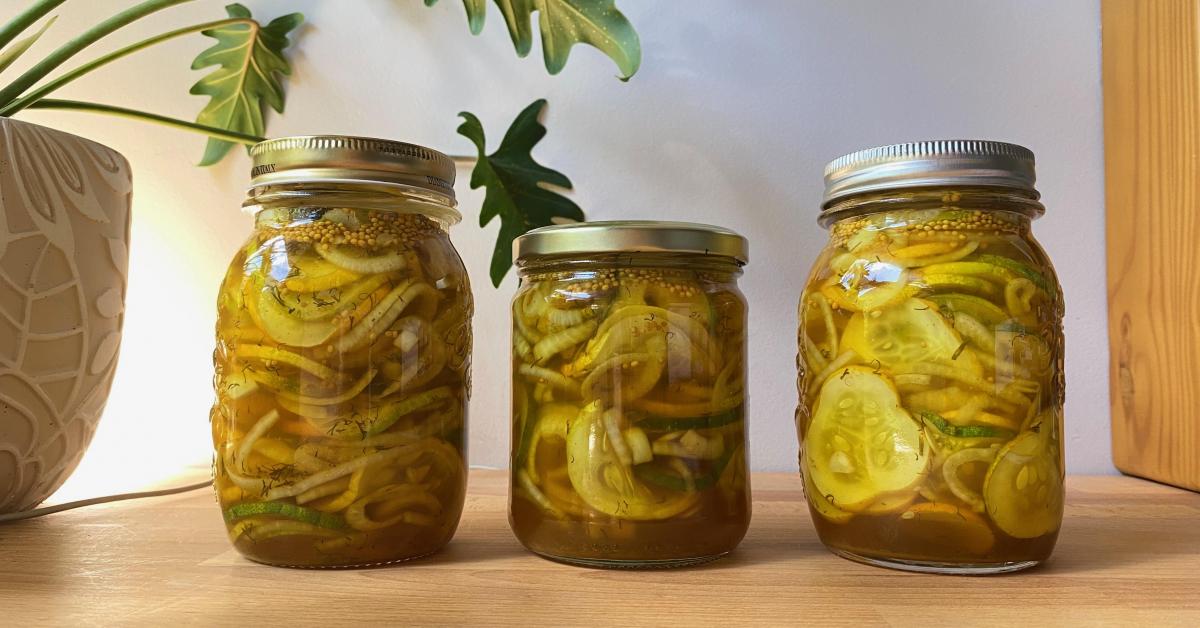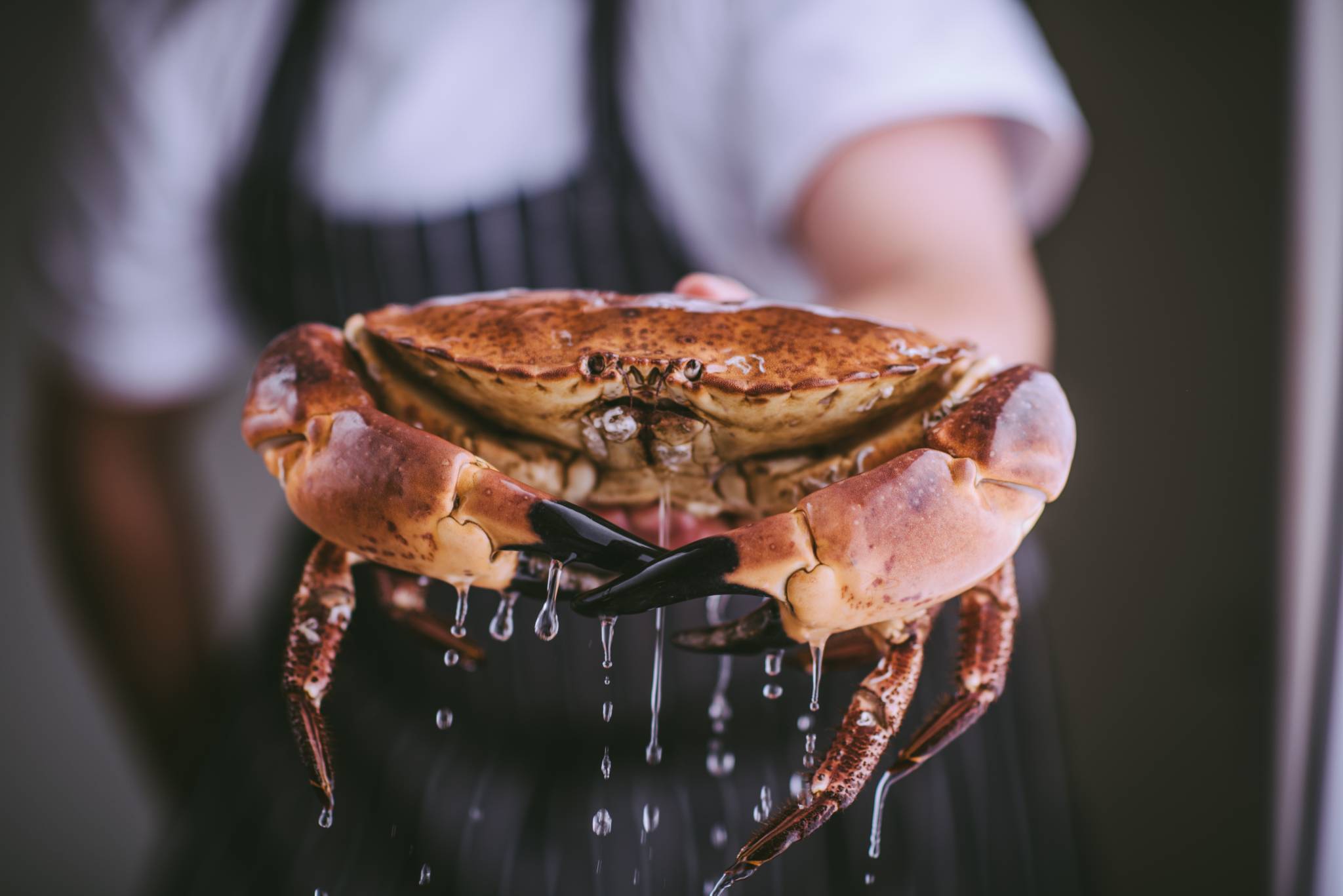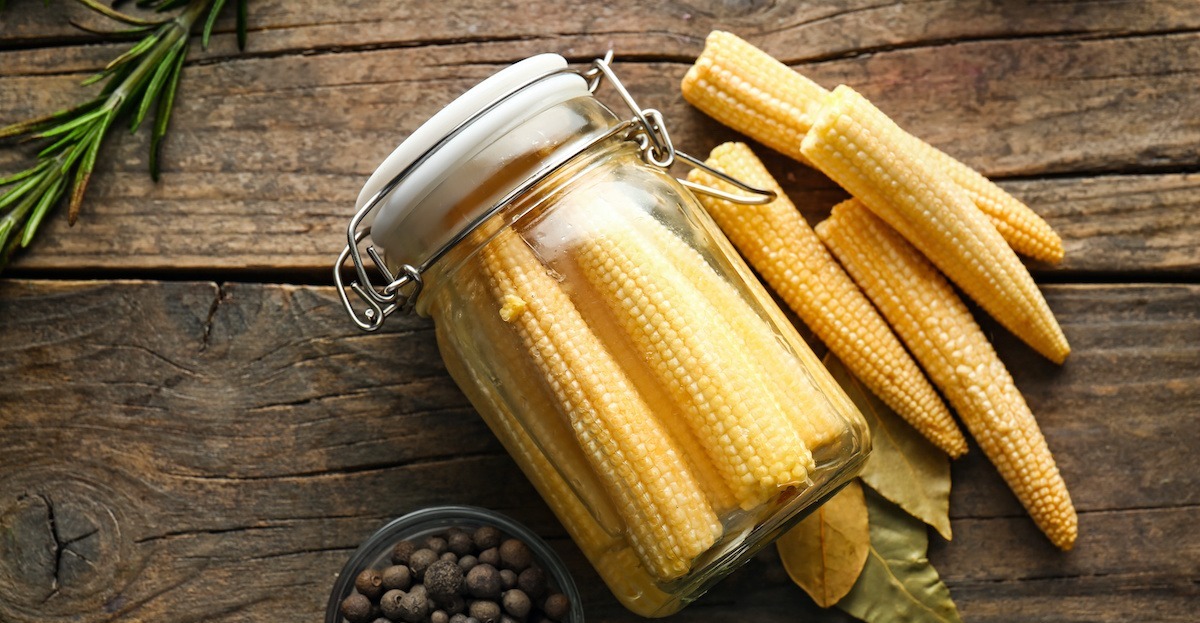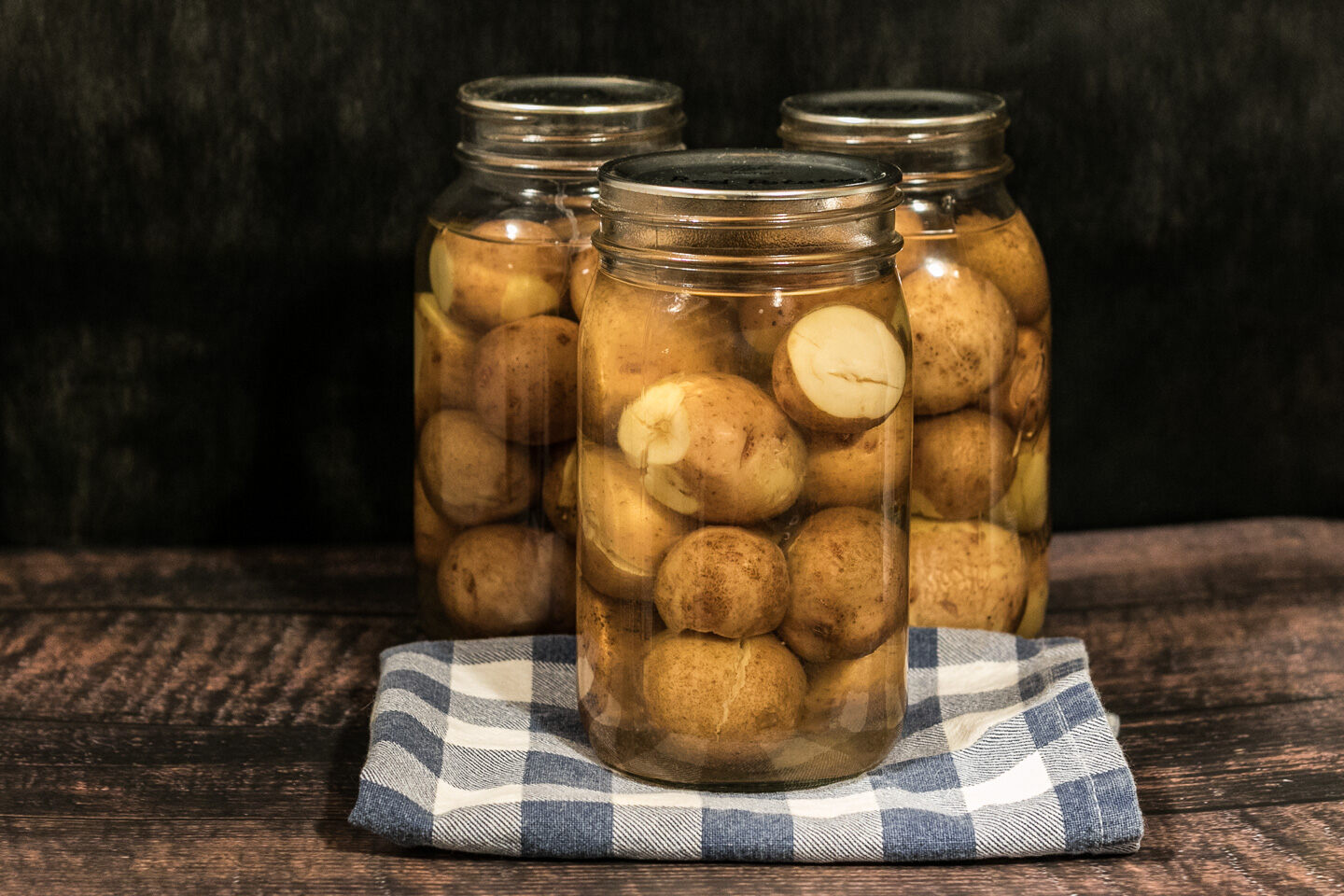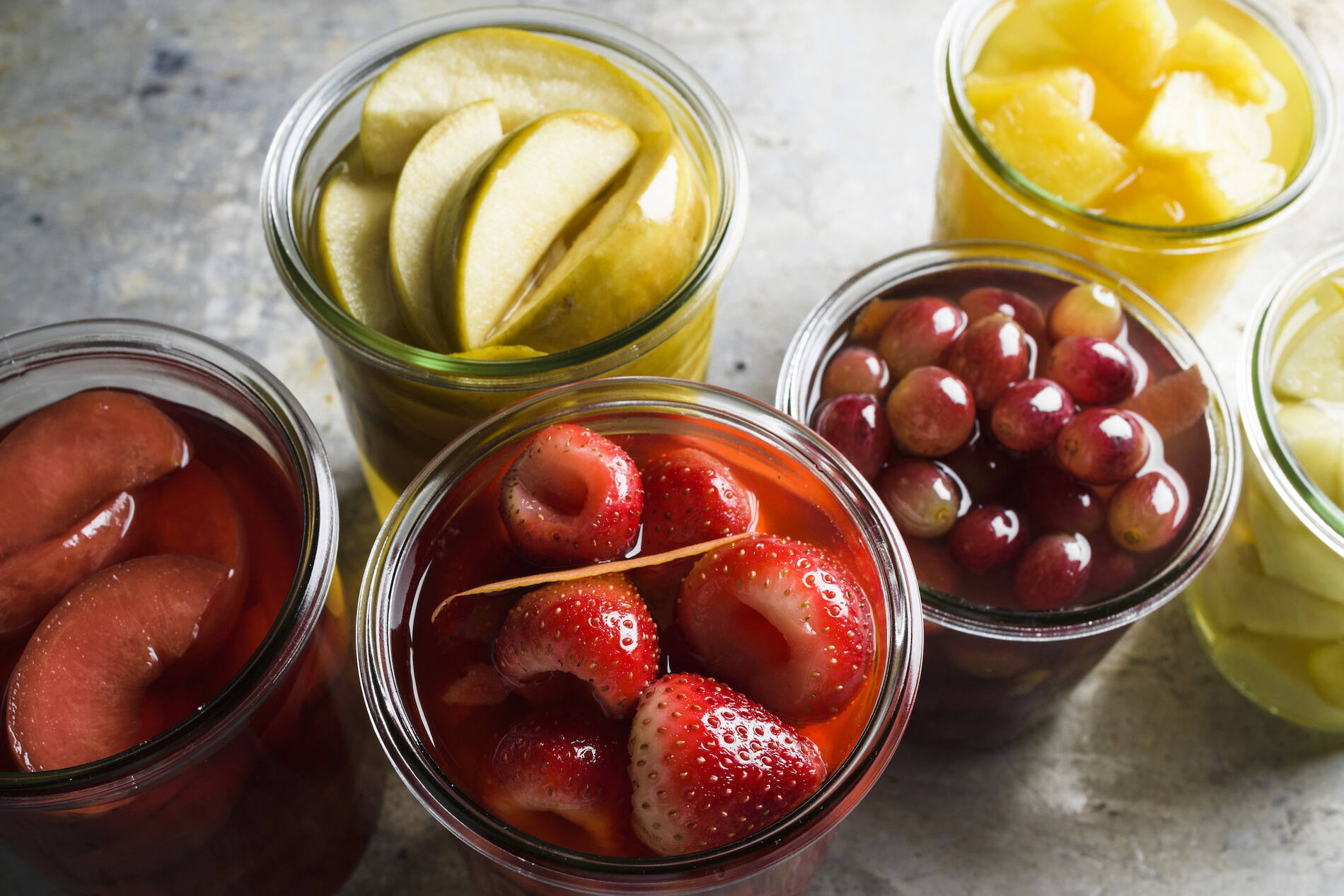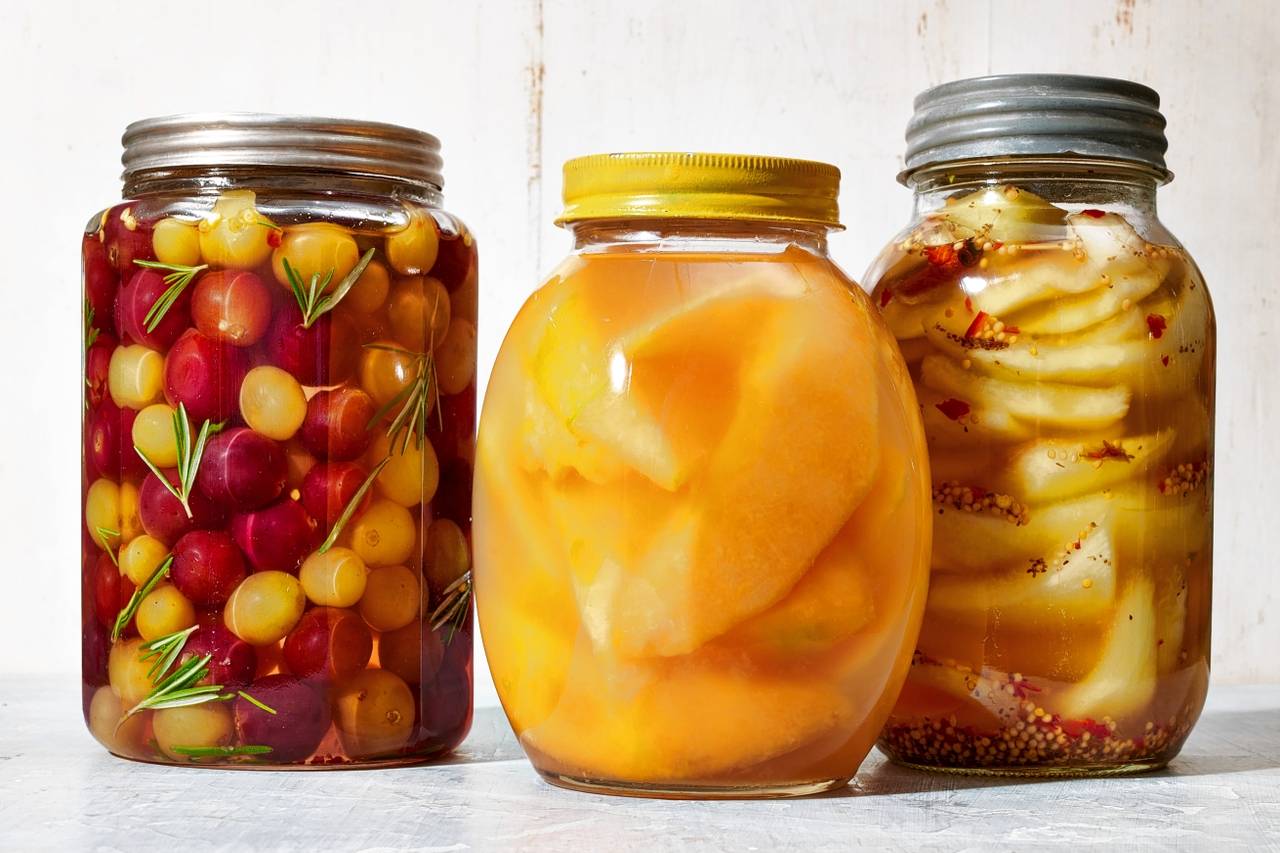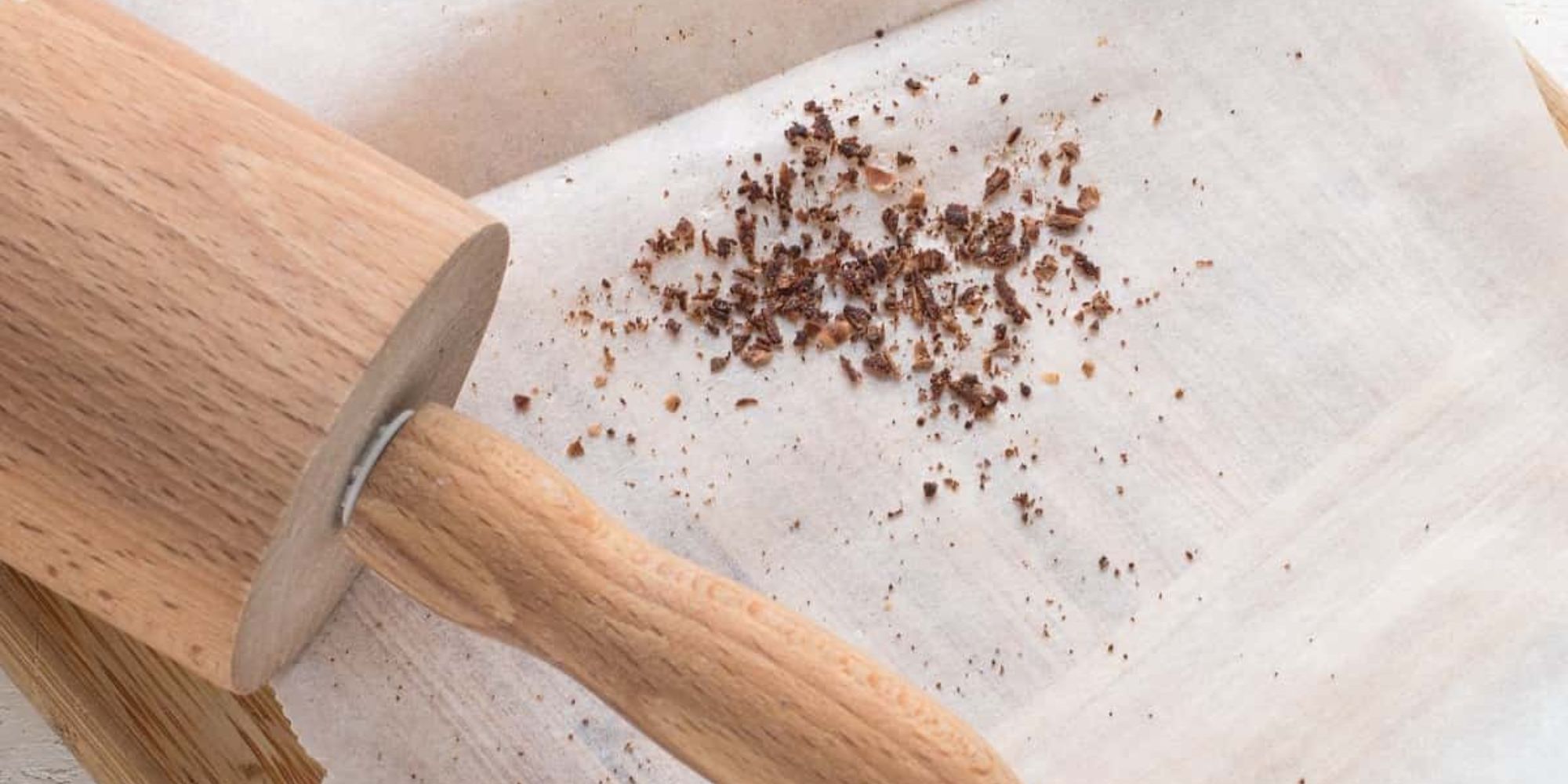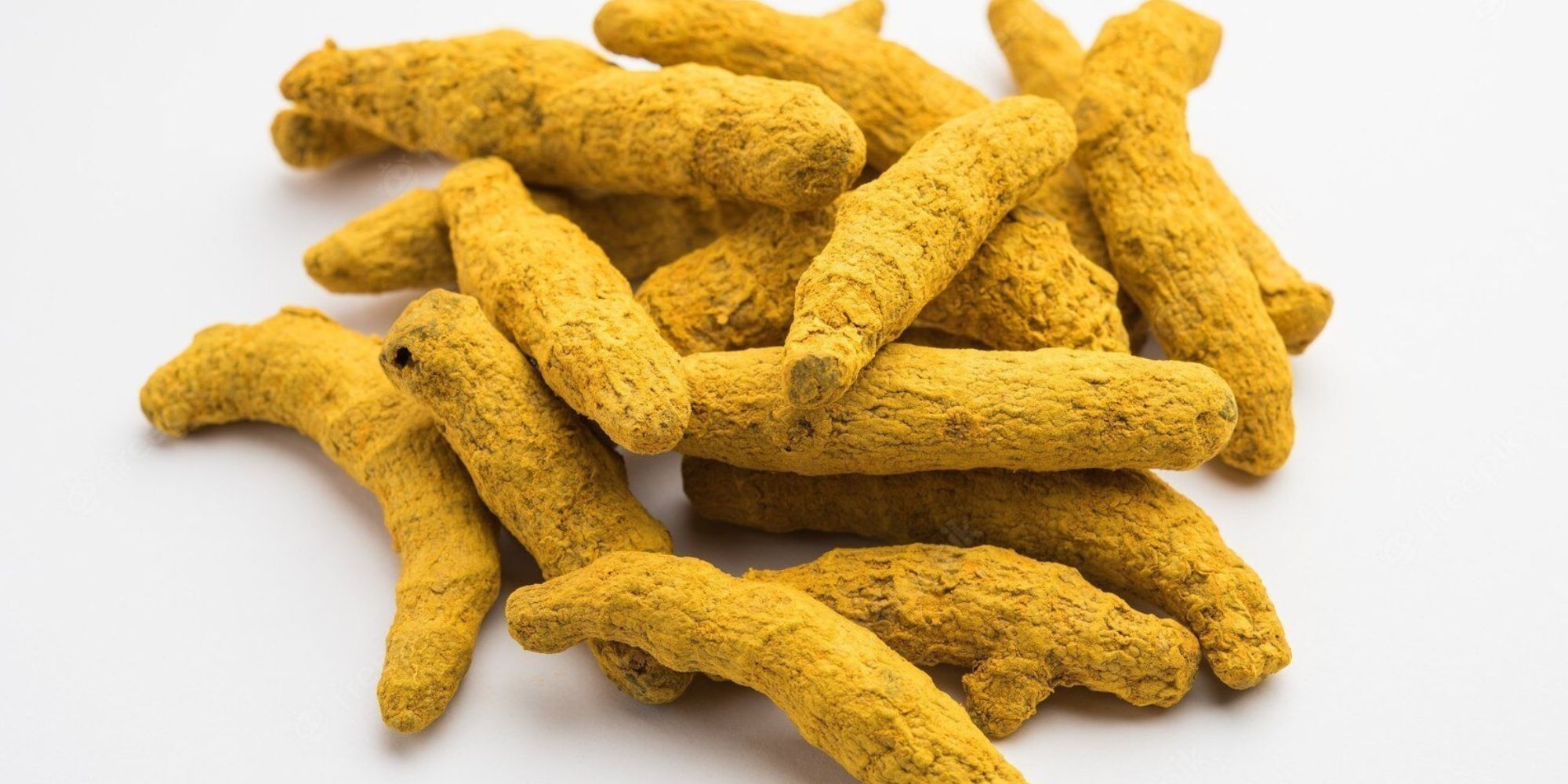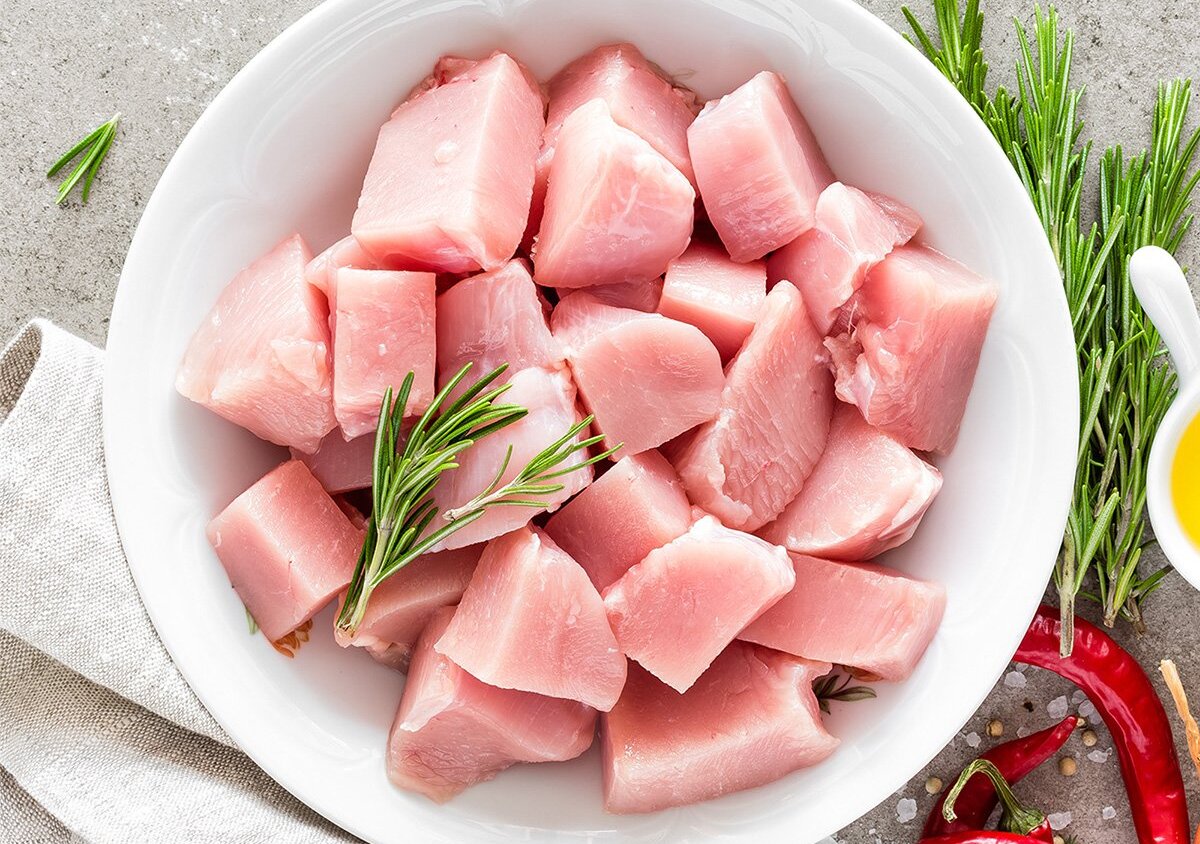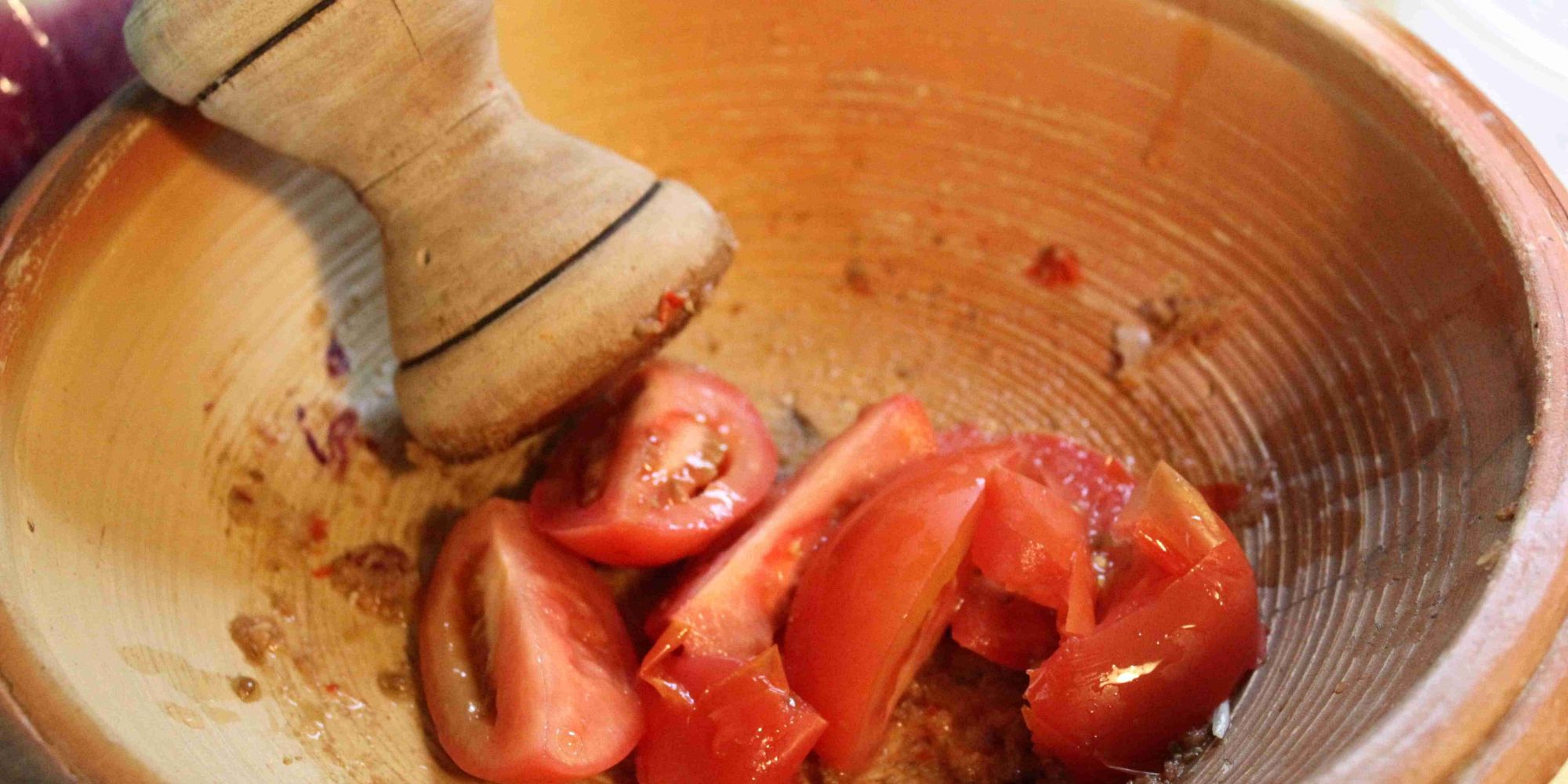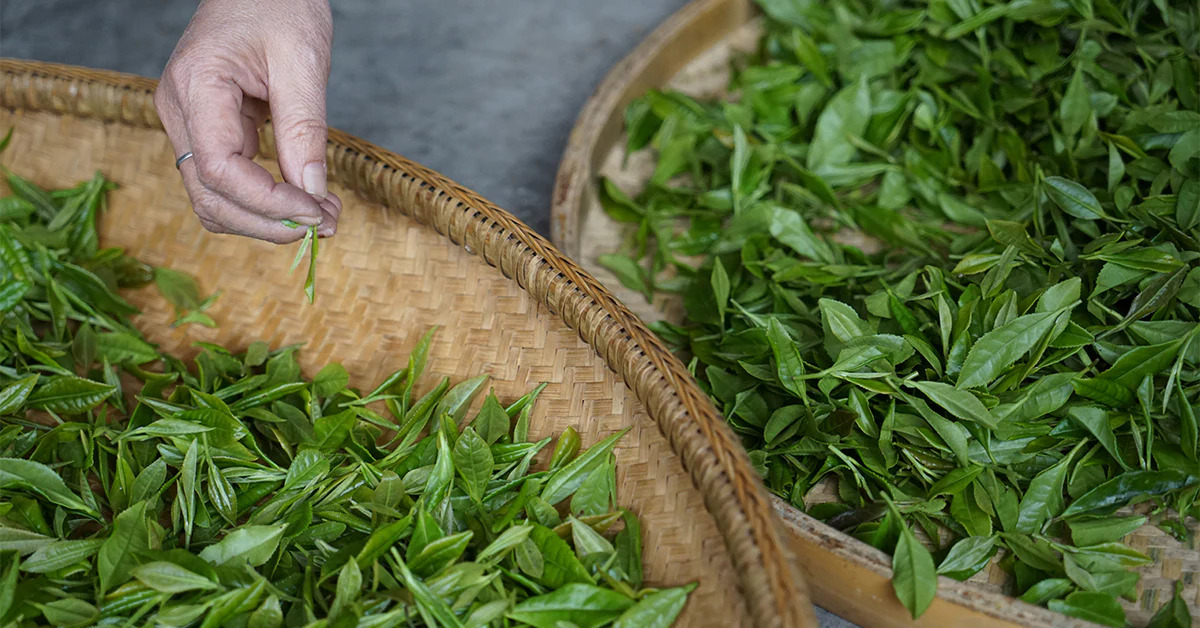Preserving Seafood: A Guide to Pickling Shrimp
When it comes to preserving seafood, pickling is a time-honored method that not only extends the shelf life of the delicate flavors but also adds a tangy and savory twist to the dish. Pickled shrimp, in particular, are a delicious addition to salads, appetizer platters, or enjoyed on their own as a flavorful snack. If you’re curious about the process of pickling shrimp, read on for a step-by-step guide to creating your own mouthwatering pickled shrimp at home.
Choosing the Right Shrimp
Before you begin the pickling process, it’s important to select the right type of shrimp. Look for fresh, high-quality shrimp that are ideally medium to large in size. Freshness is key, so if you have access to a local fish market, that’s the best place to find the freshest shrimp. If fresh shrimp is not available, opt for frozen shrimp that has been properly thawed. Be sure to remove the shells and devein the shrimp before pickling.
Ingredients You’ll Need
Before you start pickling, gather the following ingredients:
- 2 pounds of fresh shrimp, peeled and deveined
- 1 cup of white vinegar
- 1 cup of water
- 2 tablespoons of salt
- 1 tablespoon of sugar
- 1 teaspoon of black peppercorns
- 1 teaspoon of red pepper flakes
- 3 cloves of garlic, smashed
- 1 bay leaf
- 1 lemon, sliced
- 1 medium onion, thinly sliced
- Fresh dill or other herbs of your choice
The Pickling Process
Now that you have all your ingredients ready, it’s time to start pickling the shrimp. Follow these simple steps:
- In a large pot, combine the white vinegar, water, salt, sugar, black peppercorns, red pepper flakes, garlic, bay leaf, lemon slices, and onion. Bring the mixture to a boil, then reduce the heat and let it simmer for 10 minutes to allow the flavors to meld.
- Add the shrimp to the pot and cook for 2-3 minutes, or until they turn pink and opaque. Be careful not to overcook the shrimp.
- Using a slotted spoon, transfer the shrimp to a clean, sterilized jar, layering them with the lemon slices, onions, and herbs.
- Pour the pickling liquid over the shrimp, making sure they are completely submerged. Allow the mixture to cool to room temperature.
- Once cooled, cover the jar tightly and refrigerate the pickled shrimp for at least 24 hours before serving. The longer the shrimp sit in the pickling liquid, the more flavorful they will become.
Enjoying Your Pickled Shrimp
After the pickling process is complete, your homemade pickled shrimp are ready to be enjoyed. They can be served as a zesty addition to salads, as part of a seafood charcuterie board, or simply as a delectable snack. The tangy, savory flavors of the pickling liquid infuse the shrimp, creating a unique and delicious treat that is sure to impress your family and friends.
Now that you know how to pickle shrimp, don’t be afraid to get creative with your flavors. You can experiment with different herbs and spices to customize the pickling liquid to your taste. Whether you’re a seafood enthusiast or just looking to try something new, pickled shrimp are a delightful and versatile dish that is well worth the effort of pickling them at home.
So, why not give pickling shrimp a try? With a little bit of patience and a handful of simple ingredients, you can create a flavorful and unique seafood delicacy that will have everyone asking for your pickled shrimp recipe.
Using the guide on how to pickle shrimp, there are several recipes that readers can try to elevate their culinary skills. For a refreshing and light meal, they can prepare Pickled Shrimp Salad, which is perfect for a summer day. Another great option is Pickled Shrimp Tacos, combining the tangy flavor of pickled shrimp with the traditional taco ingredients. For brunch enthusiasts, Pickled Shrimp and Avocado Toast is an innovative twist on a classic dish. Lastly, Pickled Shrimp and Mango Salsa offers a sweet and spicy combination that's sure to impress. These recipes not only highlight the versatility of pickled shrimp but also provide a range of flavors and textures that will delight any palate.
Was this page helpful?
Read Next: How To Pickle Beets Without Sugar
